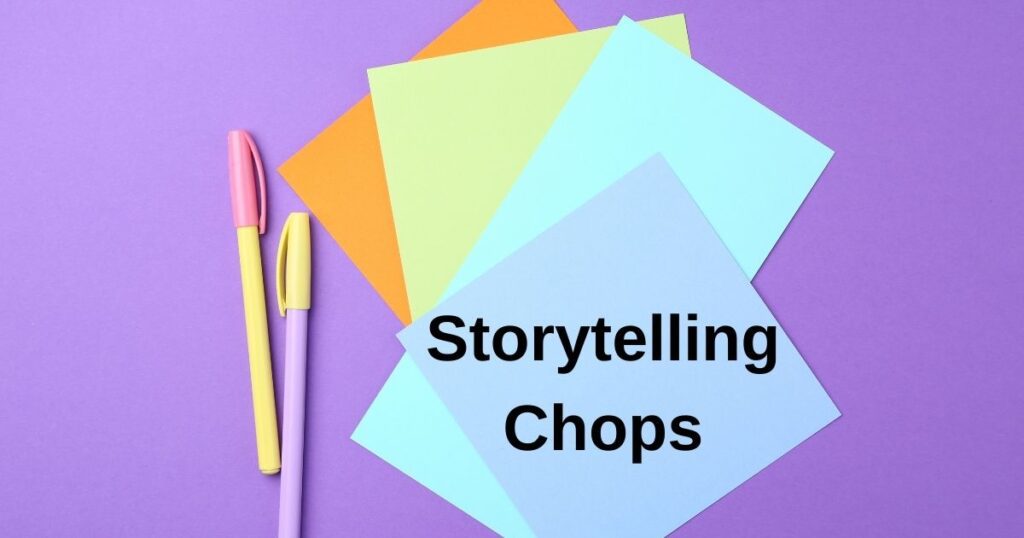Elite sports commentary blends expertise, quick thinking, and creativity to engage audiences. The art lies in amplifying action, storytelling, and insights seamlessly in real time. Iconic voices like Bob Costas, John Madden, and Vin Scully set the gold standard with their mastery of this craft. By examining key skills, career paths, and the evolution of sports broadcasting, we appreciate the artistry behind the captivating commentary.
Deep Knowledge
The foundation for quality sports commentary is deep sports knowledge. Extensive facts, stats, context, and trends allow analysts to educate and enlighten. Triple-threat commentators like Tony Romo who have played, coached, and covered the game bring unmatched first-hand fluency. Preparation via film study, producer meetings, and background reading helps internalize key information. Seasoned veterans accumulate a knowledge base to pull from smoothly on air. Displaying this expertise earns viewer trust and amplifies the viewing experience.
Quick Processing

Processing live action rapidly is vital for sports commentary. The best commentators react in the moment to unpack nuances. They interpret the real-time meaning of coaches’ decisions, player techniques, and emotional responses. Identifying important developments early allows timely analysis. Crisp descriptions of pivotal moments keep audiences abreast of shifting dynamics. Juggling real-time processing across many moving parts is an underrated mental skill for broadcasters. Their quick reads fuel fast-paced delivery.
Artful Language
Memorable phrasing and colorful vocabulary separate iconic commentators. They capture essences with creative nicknames for players like Joe Montana as “Joe Cool”. Quick witticisms land perfectly like John McEnroe quipping “You cannot be serious”. Distinctive voices ranging from smooth to animated differentiate top broadcasters. Wordplay, humor, and emotion conveyed through language give sports commentary extra flair. Building this expressive range and ability to play with language on the fly comes with experience. Distinctive style entertains beyond just insights.
Storytelling Chops
Weaving in relevant anecdotes, histories and contexts turns games into richer narratives. Sports commentary that connects games across generations builds lore. Seasoned broadcasters pulling from memory banks of past games to accentuate the present make viewers feel part of history unfolding. Drawing story arcs around key players, big comebacks or record chases amplifies drama. Laughs from funny vignettes provide levity. Storytelling savvy to contextualize play separates the pros.

Building Hype
Elevating excitement levels for cliffhanger moments adds entertainment value. The most celebrated commentators excel at driving anticipation of a buzzer-beater or crucial play with their inflection and phrasing. Catchphrases like “Do you believe in miracles?” capture thrill. Vocal crescendos and strategic silence punctuate the drama. Word choices emphasize what’s at stake. Keeping audiences on the edge of their seats throughout matches, regardless of the score, makes their viewing experience electric.
Conveying Emotion
Sports commentary also channels the thrill of victory and agony of defeat that athletes experience. Passionate responses communicate the gravity behind outcomes. The vocal tone reflects the changing momentum and emotions within competitions. Empathy for injured or disqualified players shows compassion. Post-match interviews allow commentators to capture raw reactions. This emotional resonance and humanity enrich the viewer’s connection.
Acting as Narrator
Serving as an omniscient narrator who guides the viewer’s journey differentiates elite commentary. Painting a bigger picture throughout the ebb and flow of games provides orientation. Recapping and forecasting between plays stay instructive. Discussing evolving strategies and key performance indicators acts as narration. Reminding audiences of relevant stakes and storylines ensures viewers never feel lost. These narration skills lend continuity and context.

Conversation Dynamics
The repartee between play-by-play callers and analysts provides entertainment. The balance between guiding the broadcast and letting conversations flow makes duos shine. Seamless handoffs between perspectives keep broadcasts energetic. The camaraderie between partners who can banter and challenge each other’s views engages viewers. Dynamic duos become beloved fixtures through their broadcasting chemistry. Developing broadcast rhythm through listening and awareness is almost musical.
Optimizing Visuals
Commentary style also evolves to complement televised enhancements. Graphics, super-slow motion, and augmented reality affect pacing and focus. The best commentators quickly process added visual data points that may not be obvious live. They describe standout camera angles that showcase action most crisply. Pointing out illuminating chalkboard breakdowns advances strategic understanding. Visuals expand the possibilities for impactful commentary.

Frequently Asked Questions about Sports Commentary
What makes a good commentator’s voice engaging?
Great vocal qualities include enthusiasm, gravitas for key moments, humor, understandability, responsiveness, and distinctive expressiveness.
How is commentating different across TV, radio, and streaming?
Radio relies more on visualizing the action through words without images. Streaming offers more flexibility. TV enhances through visuals.
What skills do producers add behind the scenes?
Producers research topics, handle logistics, prep commentators, suggest talking points, and coordinate live feeds and graphics.
How has sports media training evolved?
Training now emphasizes personality, conversational tone, and social media presence more alongside traditional expertise.
What new technologies shape modern sports broadcasting?
Modern tools include augmented/virtual graphics and animation, drone cameras, microphones on players, and integrated analytics.
Why is diversity important for sports media?
Diversity ensures varied perspectives. It also provides viewers and aspiring commentators access to more relatable role models.




